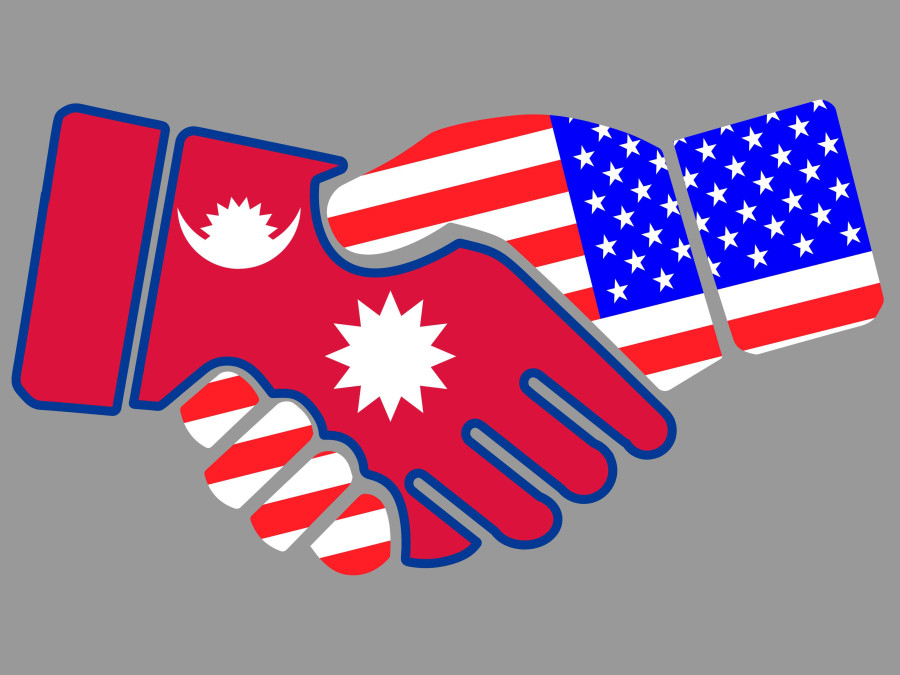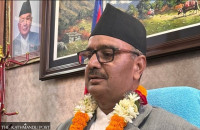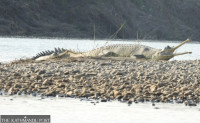National
Government decides to accept $659 million grant from US
The amount is about $100 million more than the total disbursement by the US government through USAID over the last five years.
Post Report
The government has decided to accept a $659 million (Rs79.71 billion) grant from the United States Agency for International Development. A Cabinet meeting on Wednesday decided to accept the new five-year agreement to continue regular US aid to Nepal.
Minister for Information and Communication Gyanendra Bahadur Karki, who is also the government spokesperson, said on Friday that the government had decided to accept the US grant to be used in different priority sectors.
According to Finance Secretary Madhu Kuamr Marasini, the new grant from Washington will be spent on various sectors like health, education, economic growth, strengthening democratic institutions and good governance and disaster management.
“An agreement to this respect will be signed soon. This is a kind of paradigm shift because all the programmes and projects agreed under the grant will be part of the budget. The USAID will spend the money on our terms. The Office of the Auditor General will conduct the auditing to see if the money is being spent under budget or non-budget,” said Marasani.
The aid amount is about $100 million more than the total disbursement by the US government through USAID over the last five years till the end of the last fiscal year in mid-July 2021, according to the Ministry of Finance.
As per the ministry’s data, the US had disbursed $560.53 million from its regular aid channel during the period. In the last fiscal year 2020-21, $105.94 million was disbursed by the US aid agency.
As much as $134 million, the highest in the last decade, was disbursed in the fiscal year 2016-17, amid Nepal’s effort to accelerate reconstruction activities after the deadly earthquake of 2015, according to the statistics included in the Development Cooperation Report 2019-20 unveiled by the ministry.
After the last agreement on regular US aid, which was being provided by the United States through the USAID, expired in September last year, Nepal and the US had been in negotiations for a new agreement.
The Post reported last month that negotiations were under way for the US grant through America’s development aid agency.
A sizeable amount will be allocated for the development of health infrastructure as the Covid-19 pandemic exposed Nepal’s poor health system, according to another official at the ministry.
“The initiative to promote democracy and the rule of law will continue to receive US funding,” a Finance Ministry official told the Post last month.
The Nepal government has decided to accept the US grant weeks after the Millenium Challenge Corporation, a $500 million American grant for improving electricity supply and roads, was ratified by Nepal’s Parliament.
Even though the USAID has adopted the Country Development Cooperation Strategy (2020-2025) for Nepal, the timeline of the aid agreement is different from that of the strategy, according to ministry officials.
Officials at the ministry said that they were trying to ensure that a relatively higher amount of the US aid comes through the government’s budgetary system. Most of the US aid is being spent through non-governmental mechanisms such as non-governmental organisations, which are outside the government’s budgetary system.
According to the Development Cooperation Report 2019-20, only around five percent of the US aid was ‘on-budget’ or the amount was disbursed after being included in the government’s annual financial plan. But most of the foreign aid being provided to Nepal is reflected in the government’s annual financial plans. In the fiscal year 2019-20, 83.5 percent of the foreign aid was disbursed after being incorporated in the government’s budgetary plan.
The US has been one of the largest bilateral donors for Nepal for the last several years. With the disbursement of $125 million in the fiscal year 2019-20, the US was the largest bilateral development partner for the year, followed by the United Kingdom, India, China and Japan, according to the Development Cooperation Report 2019-20.




 13.12°C Kathmandu
13.12°C Kathmandu














